
Prof. Ratna Kumar Annabattula
Stimuli-Responsive Systems Lab part of Center for Soft and Biological Matter
Prof. Ratna Kumar Annabattula
Research Areas
At Stimuli-Responsive Systems Lab, we do fabricate responsive polymer thin films and investigate their actuation behavior for potential application in microfluidics and soft robotics. We also study their optical, thermal and mechanical properties through different characterization tools. In addition, we perform finite element and molecular dynamic simulations to better understand the underlying mechanisms so as to optimize the actuation characteristics.
People
Phd Scholars
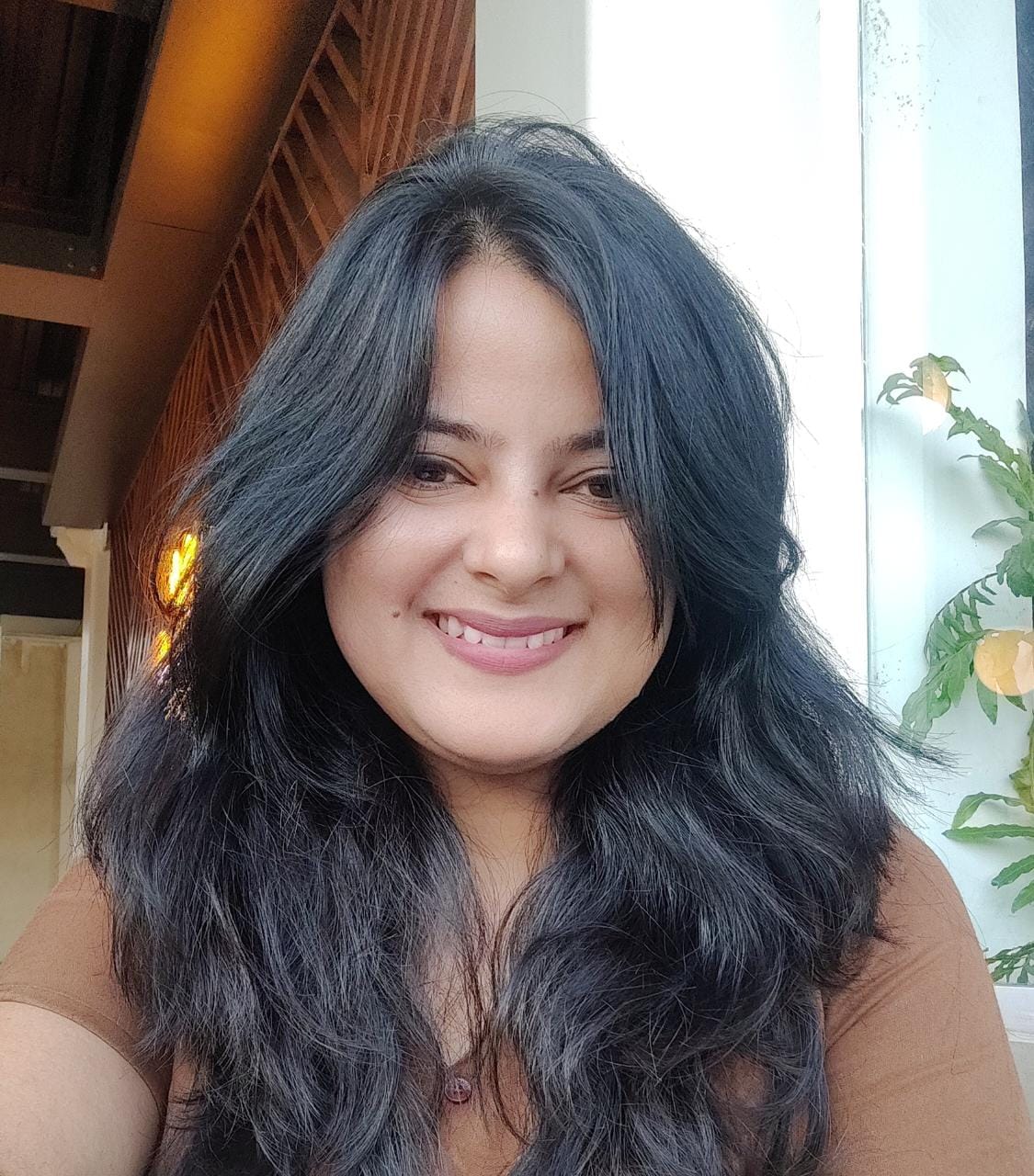
Dr. Divya Jayoti
Post Doc
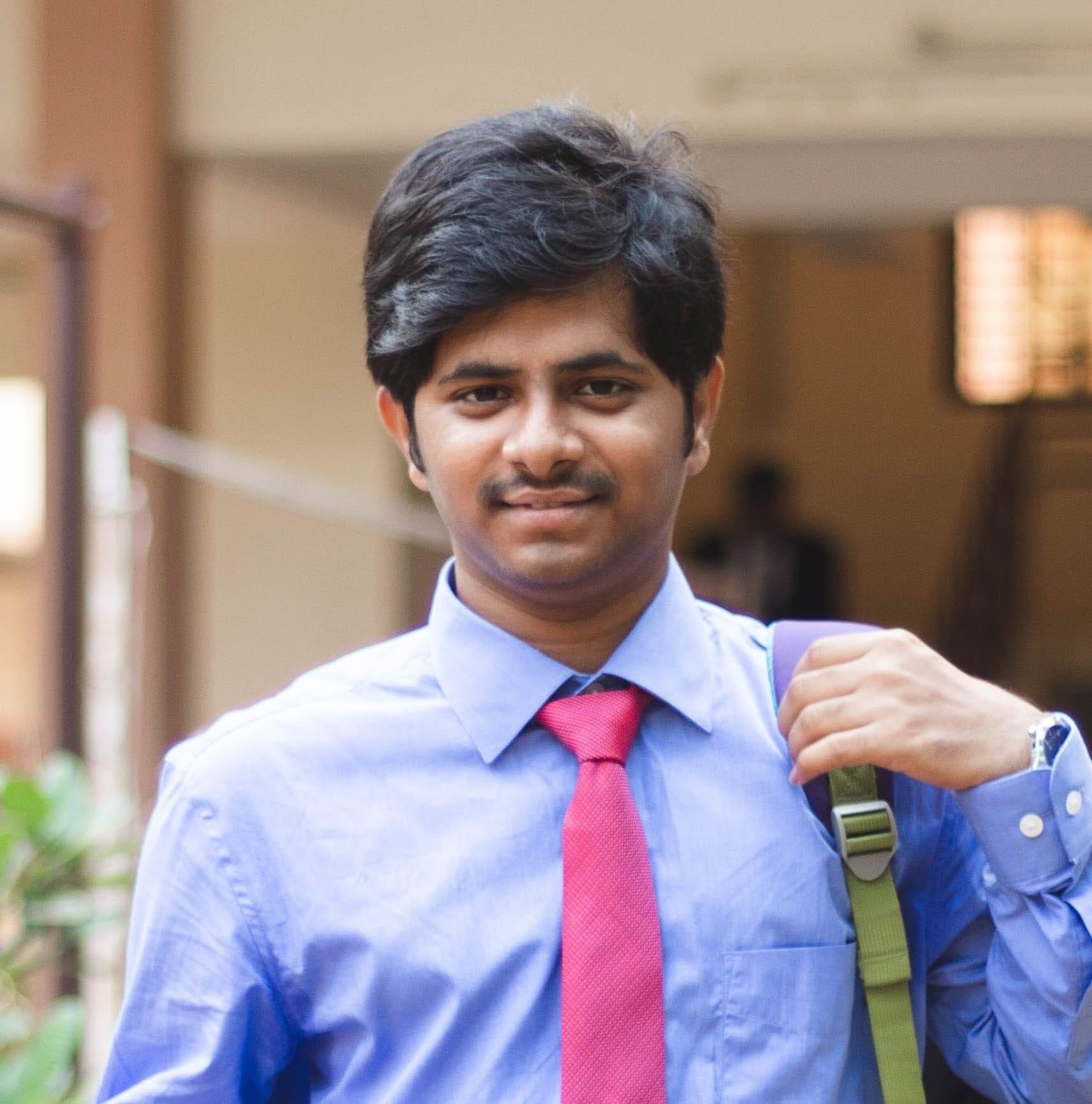
Akhil Reddy Peeketi–
Ph.D. scholar
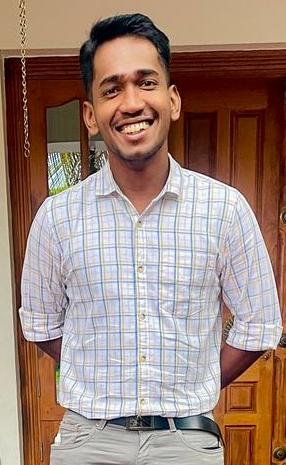
Neeraj C S
Ph.D. scholar
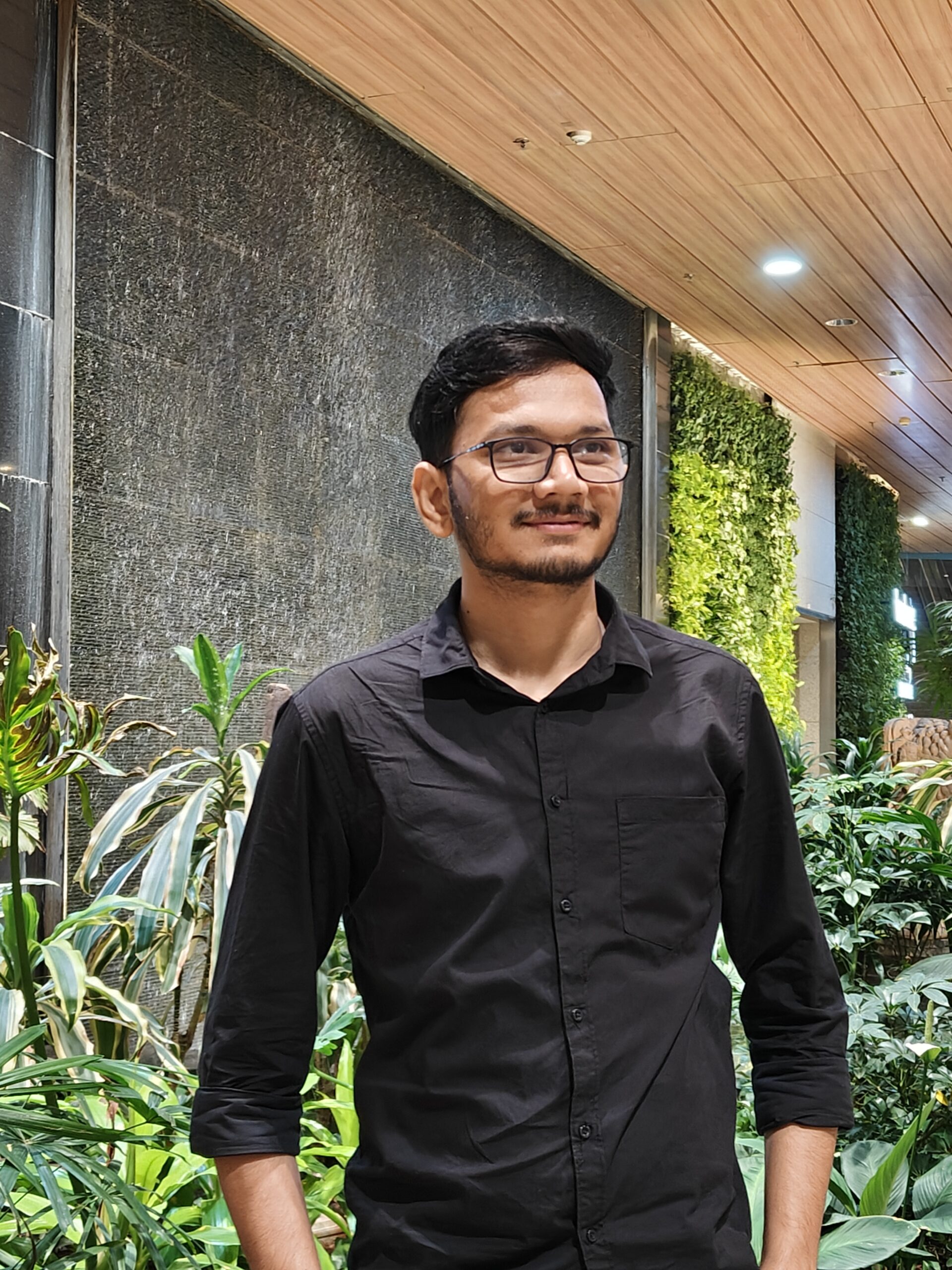
Akash Patil
MS Scholar
Research
Granular Mechanics
- Additive Manufacturing
- Agricultural Machinery
- Li-Ion Batteries
- Solid Oxide Fuel Cells
Stimuli-Responsive Thin Film Systems
- Light/Heat Responsive Liquid Crystal Polymers
- Solvent/Vapour Responsive Biopolymers
- Soft Robotics, Microfluidics
Cellular and Metamaterials
- Dynamic compression response of honeycomb structures
- Design of auxetic structures for energy absorption
- Auxetic structures as soft actuators
Projects
- Directed self-assembly of anisotropic colloids at fluid interfaces: This project was successfully executed to further the understanding of directed self-assembly of anisotropic particles. We established that a control of self-assembly of anisotropic particles could be achieved by tuning various types of interactions.
- Fabrication of macroporous ceramic materials using bijel templates: Use of non-spherical particles to arrest phase separation of binary liquid mixtures and the fabrication of macroporous meterials from ceramic particles of various size and surface chemistry was demonstrated.
- Nanoparticle films for water evaporation retardation-film elasticity, rupture and re-formation: The research work carried out through this project is expected to of great value for water conservation. The water evaporation retardation studies due to different type of monolayer films deposited on water surface is being carried out. The particle monolayers formed by the bare silica particles that are hydrophilic were found to be less evaporation retardants. Since the equilibrium position of the particles is expected to play a crucial role on the evaporation retardation, the particle wettability is systematically modified. The rate of evaporation of water covered with monolayer of particles was found to decrease with grafting. We are currently investigating the behavior of particle monolayer under compression and on the mechanism of evaporation retardation in mixed monolayers.
- Rheology & Microstructure of Cellulose-Ionic Liquid mixtures: This proposal was formulated to investigate the phase diagram, rheology and flow induced microstructural changes in cellulose-ionic liquid (IL) mixtures using combined shear rheology and small angle light scattering.
- Design of self-foaming liquid hand-wash (SFLHW): Through this project (funded by Hindustan Unilever Limited) we developed methodologies for the characterization of foam obtained from a self-foaming liquid hand wash and also studied foam stability. We investigated the impact of different surfactants and additives on the bubble size and stability of the foam obtained from a self-foaming liquid hand wash.
- Microstructure characterization of emulsions using interfacial rheology: Through this industry-funded project (funded by Hindustan Unilever Limited), the effect of oil-phase and water-phase thickeners on the microstructure and rheology of emulsions is investigated.
- Center for soft matter research: This project was put together with help of several colleagues at IIT Madras for which an initial budget of 200 lakhs was awarded from IIT Madras (one of the two team project proposals funded in 2015) to establish a center for soft matter research to focus on the study of complex fluid interfaces, structured colloids, structured macromolecular aggregates and biological materials. The centre aims to have all the equipments and expertise to study soft materials through experiments, simulations and theory. The goal of the center will be to gain an understanding of structure and properties of soft materials for the development of novel materials through bottom-up self-assembly. We are currently working towards reaching out to industries and external funding agencies to formulate and work on challenging problems that require interdisciplinary effort.
- Size and shape selective transport of molecules across particle stabilized emulsions: In this successfully implemented project, proof of concept for the synthesis of emulsions and colloidosomes with spherical and non-spherical cavities was demonstrated.
- Improving Targeting Community Health through a Women’s Cancer Screening Programme: This project fund under socially relevant project scheme was aimed at providing necessary computational infrastructure for the success of screening camps and for the analysis of Pap smear test samples collected for cervical cancer screening.
- Oppositely charged particles at interface – microstructure, mechanical properties and their application in emulsion and foam stabilization: Through this project, it was proposed to investigate the effect of mixing ratio, total particle concentration, charge density of particles and size ratio on the self-assembly and microstructure of OCPs at fluid interfaces. We plan to measure the microstructure of the particle monolayers via optical microscopy, mechanical properties via interfacial rheology and compression isotherms (equation of state) through Langmuir trough experiments. We will also propose to carryout Monte Carlo simulations to understand the role of these parameters on their organization at planar and curved fluid-fluid interfaces. We have proposed to map a general phase diagram of OCPs encompassing experimentally realizable variables/parameters using experiments and simulations.
Facilities
- A 50 kN UTM with tension, compression and 3-point bending fixtures (upto 600 C)
- Triaxial test-setp for granular materials
- Direct shear apparatus for granular materials
- UV-Vis Spectrophotometer (UV1000 from Lab India)
- Omnicure S2000 UV Power Source (From Excelitas)
- NIR Laser, LSR808NL-1W
- SLA 3D Printer, Form3 (From Form Labs)
- Spin Coater, EZ Spin A1 (From Apex Instruments)
Instruments
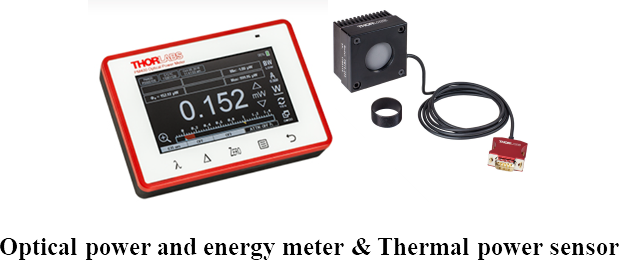















Collaboration
Contents to be added
Publication
- Study of triaxial loading of segregated granular assemblies through experiments and DEM simulations VRM Pola, RK Annabattula arXiv preprint arXiv:2405.15720 2024
- Study of triaxial loading of segregated granular assemblies through experiments and DEM simulations V Rama Manoj Pola, RK Annabattula arXiv e-prints, arXiv: 2405.15720 2024
- Gravity-driven powder flow and the influence of external vibration on flow characteristics MS Ansari, RK Annabattula, S Subbiah Particuology 88, 201-209 2024
- Vacuum Thermoforming of Optically Switchable Liquid Crystalline Elastomer Spherical Actuators L Yue, EPJ Ambergen, SJD Lugger, AR Peeketi, RK Annabattula, … Advanced Materials, 2402559 2024
- Solvent-Responsive Functionally Graded Hydrogel Thin Films for Programmed Actuation S Debta, PY Kumbhar, P Ghosh, RK Annabattula ACS Applied Engineering Materials 2024
- Mesoscopic mechanics of triaxially compressed pebble assembly and estimation of Drucker–Prager parameters using discrete element method DK Pawar, RK Annabattula, N Swaminathan Computational Particle Mechanics 11 (2), 885-901 2024
- Photo-activated dynamic isomerization induced large density changes in liquid crystal polymers: A molecular dynamics study AR Peeketi, E Joseph, N Swaminathan, RK Annabattula The Journal of Chemical Physics 160 (10) 2024
- Study of crack propagation in multi-phase composites embedded with both stiff and compliant particles using phase field method S Thoudham, PY Kumbhar, AK Kanjarla, RK Annabattula Modelling and Simulation in Materials Science and Engineering 2024
- Design of auxetic cellular structures for in-plane response through out-of-plane actuation of stimuli-responsive bridge films A Chandramouli, SD Rapaka, RK Annabattula Smart Materials and Structures 33 (2), 025009 2024
Social Impact
Content to be added
Gallery
Content to be added